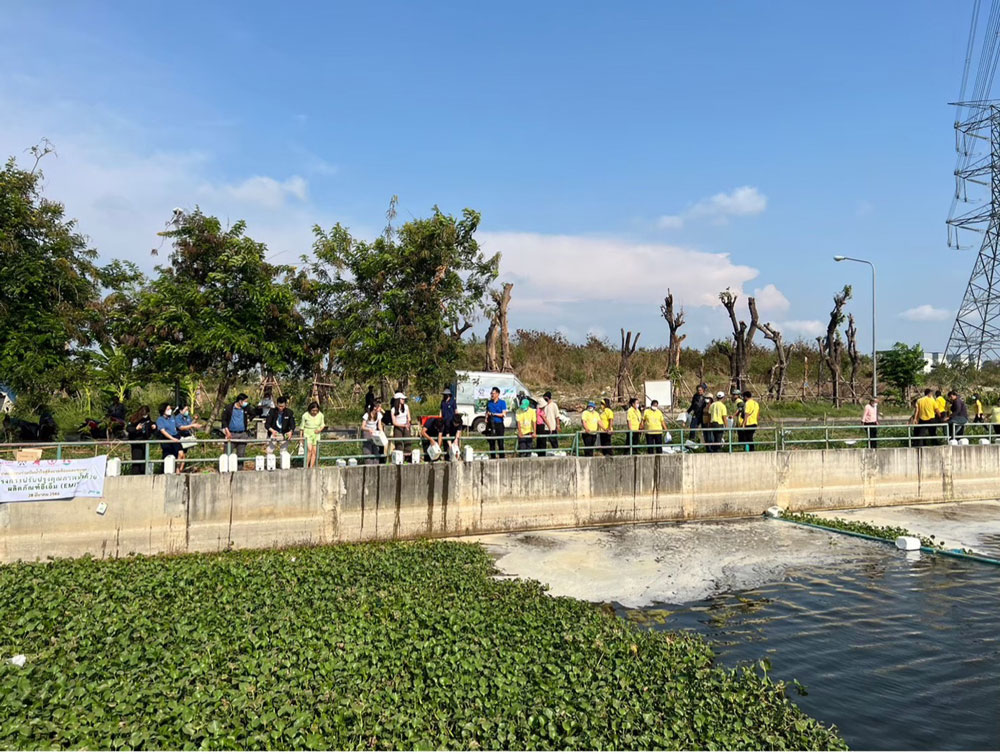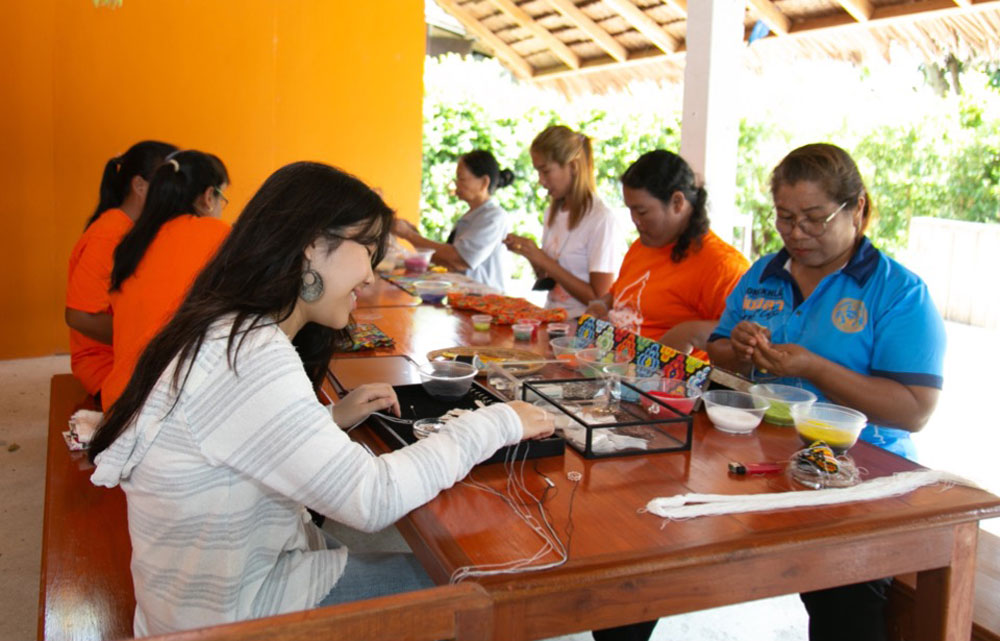
Secondary school serves as a vehicle for self-discovery, where students explore a myriad of interests and passions through extracurricular activities. As our students navigate the transformative years of secondary school, they are not merely attending classes and earning grades; they are building their unique story. Their stories are more than just a list of achievements. They encompass the experiences, challenges, insights, and personal growth that accompany each activity.
The following resource provides suggestions and examples for teachers and counselors to share with students who are writing college essays and personal statements.
Telling Your Story to Universities
In Year 13, students are asked to articulate their story through college essays and personal statements. For instance, when applying to universities in the United Kingdom, students are required to explain, through the Personal Statement, why they have chosen to apply to a specific university course. They discuss their academic interest and explain how they have explored this interest beyond the classroom. What relevant books and articles have they read? Have they been involved in projects, research, or internships related to the chosen course? These are not just checkboxes; they are the building blocks of a student's unique story, providing tangible evidence of their passion and commitment to the course.
Similarly, European and Asian universities often ask students to write a Motivational Letter. This essay delves into the “why” behind the chosen program, inviting students to articulate their motivations and aspirations. Students write about their journey of discovering a passion and the steps they have taken to pursue it.
In the United States of America (USA), the college application process goes beyond academic interest and ability. American colleges are not only interested in what subjects spark a student's curiosity but also in the values and characteristics that define them. They want to understand the impact a student has had on their school and wider community. This impact becomes a crucial element of their story, weaving together academic interests with personal values and community engagement.
Example of Bangkok Patana School Students’ Stories Beyond the Classroom: Johnny Tungsubutra.jpg)
(Photo source: Johnny Tungsubutra)
Johnny Tungsubutra explored his passion for sustainability through his Rice Farming Project. He discovered that the root cause of Thailand’s air pollution is that rice stumps are burned in rural Thailand. He learned that farmers resort to burning these stumps because of economic pressures, highlighting the cycle of debt they face. By collaborating with the People Protecting the Environment Foundation to create a test rice paddy using environmentally friendly techniques, he directly contributed to addressing environmental concerns. He submitted his project to the 2023 North American Association for Environmental Education (NAAEE) Pratt & Whitney E-STEM Award and won USD 15,000 for the People Protecting the Environment Foundation, the first organization from Thailand to win this prestigious award! His project allowed him to make a meaningful impact on a matter of great importance to his community, and his work was illustrated in an article on the International Baccalaureate’s (IBO) website: bit.ly/ibo_blog.
Stories Beyond the Classroom
Your story isn't just about what you've studied; it's about how you've explored and applied that knowledge outside the classroom. Consider a student passionate about environmental science. Their story could involve participation in a local conservation project, conducting independent research on local ecosystems, or even initiating a school-wide recycling program. These experiences demonstrate not only genuine interest but leadership, active engagement, and initiative. For students interested in literature, the story may involve organizing a book club, participating in writing competitions, or contributing to a literary magazine. These activities aren't mere hobbies; they showcase a genuine love for the subject and a proactive approach to nurturing that passion, which has had an impact on the community.

USA colleges are not only interested in the “what” but also the “who.” They want to understand the values and characteristics that define you. What qualities have been expressed through your extracurricular engagements? For instance, a student who has actively contributed to community service may articulate how this experience has shaped their sense of responsibility, empathy, and leadership. The story is no longer just about achievements; it's about the personal growth and development that has occurred through these experiences. A student engaged in sports might reflect on the discipline, teamwork, and resilience cultivated on the field or in the gym, and how they have imparted these qualities to younger students. Your story is a testament to not just physical skills but to how challenges and successes have shaped your character.

Taey Traisorat's primary interests lie in art, design technology, and economics. Demonstrating an exceptional level of creativity, she initiated TRAI Collection, a project aimed at supporting low-income women in the southern region of Thailand who excel in traditional Manora beading. Taey empowered these women by transforming their skills into a sustainable source of income, thereby not only preserving their cultural heritage but also enhancing their economic opportunities. Her innovative approach included modernizing their traditional designs, implementing effective marketing strategies, and establishing an e-commerce model for the project (traicollection.co.th). TRAI Collection serves as a testament to Taey's entrepreneurial flair and her steadfast commitment to making a tangible, positive impact on the lives of disadvantaged women.
Strategies for Building Your Story
Explore Diverse Interests: Secondary school is the perfect time to explore various interests. Join a variety of clubs, participate in community service projects, in and out of school, try out different sports, and engage in unfamiliar activities. Each experience contributes to the richness of your story and through this exploration, you will find activities that are a good fit for you personally.
Document Your Journey: Keep a record of your extracurricular activities, achievements, and personal reflections. This not only helps you in building your story but also serves as a valuable resource when the time comes to start writing your college essays, personal statements, and motivational letters.
Reflect on Impact: When engaging in activities, consider the impact on yourself and others. How have these experiences shaped your values, skills, and perspective? In what ways have you had a positive impact on our school environment and the lives of others? Reflecting on impact will add depth and authenticity to your story.
Connect the Dots: Your story is more than a disjointed collection of activities. Find common themes and connections that tie together your academic interests, extracurricular engagements, and personal values. Your aim is to provide the universities with a coherent story.
Conclusion: Your Story, Your Future
Secondary school is not just a stepping stone to higher education; it's an essential chapter in your life story. Every choice, every challenge, and every success contribute to the unique story you present to colleges and universities. As you navigate the dynamic landscape of secondary school, remember that building your story is not about conforming to expectations but about authentically expressing your passions, values, and the journey that defines you. Embrace the opportunity to shape your own story, for, in addition to good grades, it is your story that will open doors to your future.
--------------------------------------------------------------
Joachim (Kim) Ekstrom, originally from Sweden, is a passionate student advocate, frequent workshop leader, presenter, and mentor, well-known in the international college counseling community. With 16 years of experience as a high school counselor at international schools in Asia, Kim currently serves as a careers and university counselor at Bangkok Patana School in Thailand.